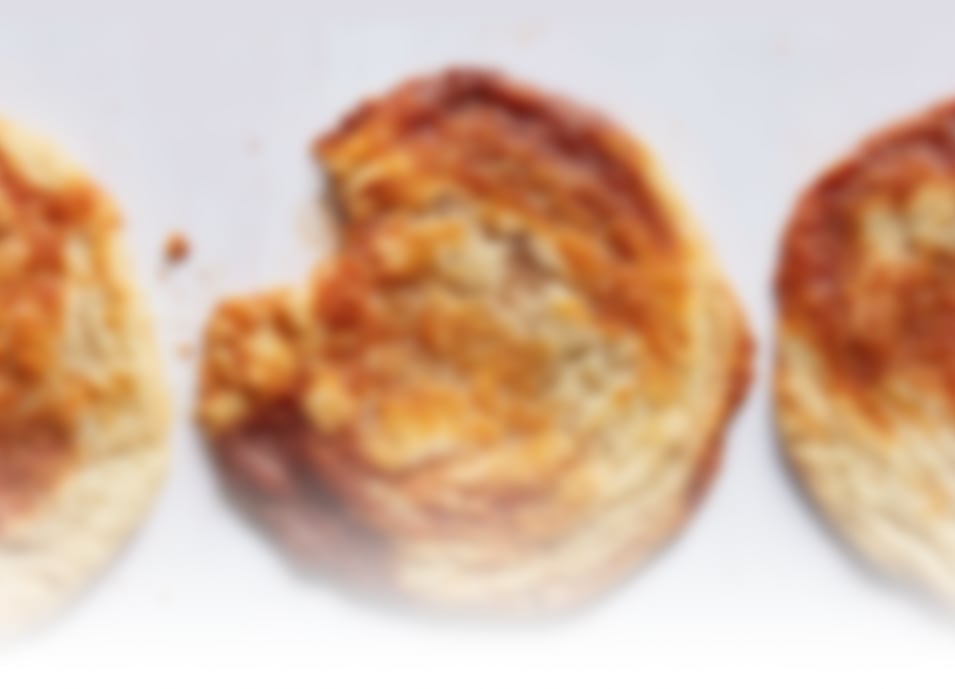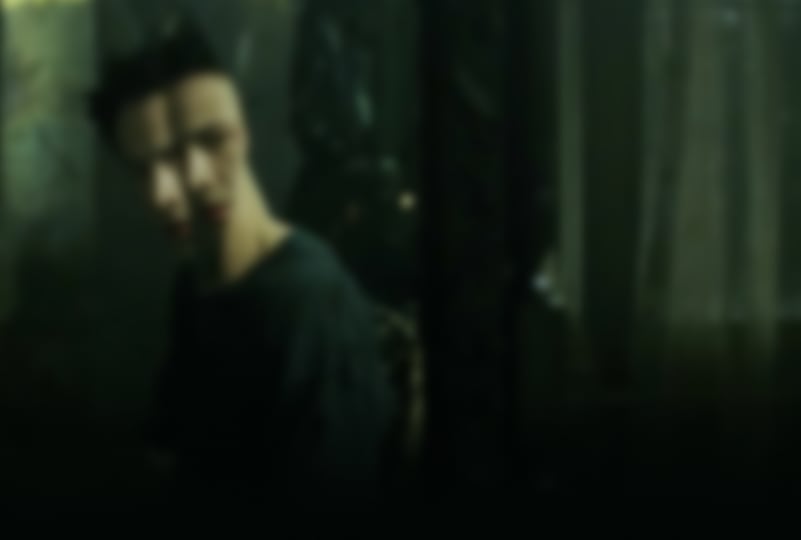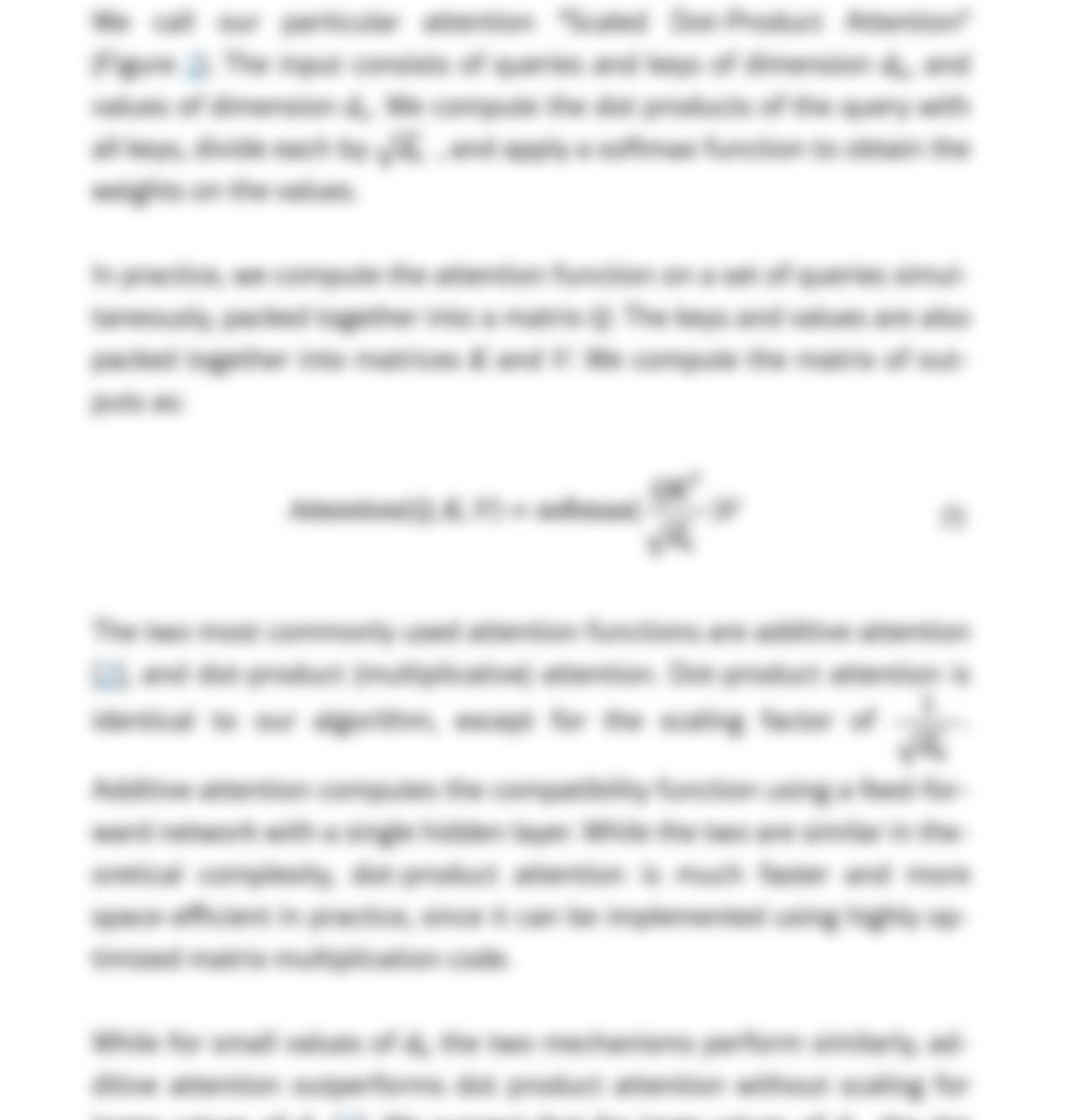Capture
Easily capture pages and metadata to durable files you can read offline.
Templates allow you to customize how web pages are saved to your vault.
- Articles
- including citations and footnotes.
- Recipes
- with ingredients, steps, and nutrition.
- References
- for books, movies, or podcasts.
- Academic papers
- including code and math.
- Custom templates
- for your favorite sites.
File over app is a philosophy: if you want to create digital artifacts that last, they must be files you can control, in formats that are easy to retrieve and read. Use tools that give you this freedom.
File over app is an appeal to tool makers: accept that all software is ephemeral, and give people ownership over their data.
In the fullness of time, the files you create are more important than the tools you use to create them. Apps are ephemeral, but your files have a chance to last.
The ancient temples of Egypt contain hieroglyphs that were chiseled in stone thousands of years ago. The ideas hieroglyphs convey are more important than the type of chisel that was used to carve them.
The world is filled with ideas from generations past, transmitted through many mediums, from clay tablets to manuscripts, paintings, sculptures, and tapestries. These artifacts are objects that you can touch, hold, own, store, preserve, and look at. To read something written on paper all you need is eyeballs.
*File over app* is a philosophy: if you want to create digital artifacts that last, they must be files you can control, in formats that are easy to retrieve and read. Use tools that give you this freedom.
*File over app* is an appeal to tool makers: accept that all software is ephemeral, and give people ownership over their data.
In the fullness of time, the files you create are more important than the tools you use to create them. Apps are ephemeral, but your files have a chance to last.
The ancient temples of Egypt contain hieroglyphs that were chiseled in stone thousands of years ago. The ideas hieroglyphs convey are more important than the type of chisel that was used to carve them.

## Ingredients
- [ ] 115 grams unsalted butter
- [ ] 2 packed tablespoons dark brown sugar
- [ ] 1 heaping tablespoon gochujang
- [ ] 200 grams granulated sugar
- [ ] 1 large egg
- [ ] 1/2 teaspoon kosher salt
- [ ] 1/4 teaspoon ground cinnamon
- [ ] 1 teaspoon vanilla extract
- [ ] 1/2 teaspoon baking soda
- [ ] 185 grams all-purpose flour
## Instructions
- [ ] In a small bowl, stir together 1 tablespoon butter, the brown sugar and gochujang until smooth. Set aside for later, at room temperature.
- [ ] In a large bowl, by hand, whisk together the remaining 7 tablespoons butter, the granulated sugar, egg, salt, cinnamon and vanilla until smooth, about 1 minute. Switch to a flexible spatula and stir in the baking soda. Add the flour and gently stir to combine. Place this large bowl in the refrigerator until the dough is less sticky but still soft and pliable, 15 to 20 minutes.

> Set in the 22nd century, The Matrix tells the story of a computer hacker who joins a group of underground insurgents fighting the vast and powerful computers who now rule the earth.

The encoder is composed of a stack of $N=6$ identical layers. Each layer has two sub-layers. The first is a multi-head self-attention mechanism, and the second is a simple, position-wise fully connected feed-forward network. We employ a residual connection [^11] around each of the two sub-layers, followed by layer normalization [^1]. That is, the output of each sub-layer is $\mathrm{LayerNorm}(x+\mathrm{Sublayer}(x))$ , where $\mathrm{Sublayer}(x)$ is the function implemented by the sub-layer itself. To facilitate these residual connections, all sub-layers in the model, as well as the embedding layers, produce outputs of dimension $d_{\text{model}}=512$ .
Create template
Template name
Behavior
Note name
Format for the file name of the note. You can use variables like {{title}}, {{date}}, and {{published}} to pre-populate data from the page.
Note location
The folder or path of the note.
Vault
Select the default vault for this template. Go to general settings to add or remove vaults.